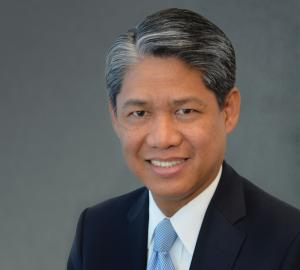In New York it’s where we’re staking our energy future.
Gil C. Quiniones is President and CEO of the New York Power Authority, the nation’s largest state-centered public power organization. Follow him on Twitter: @GQEnergy
Please forgive me for being a little conflicted about the smart grid.

Don't get me wrong. Embracing state-of-the-art technology and market innovations that produce more reliable, flexible and efficient energy is an easy sell. After all, whatever we spend on technology upgrades on the grid for the rest of this century will cost a lot less than completely rebuilding the grid.
Yet at the same time, all the promise and potential of the smart grid cannot mask the simple truth that, despite all of the digital advances and technology breakthroughs, the grid will remain the primary source of electricity for residents and businesses across the country.
Without question, the growing focus on microgrids, renewables, energy storage and the like is not only commendable, but essential. Still, the attention devoted to those innovations cannot mask the fact that, for now, they continue to be supporting players in the energy mix. Figures released by the Federal Energy Regulatory Commission in May indicate renewables account for just 17 percent of operating generating capacity, although we can take some encouragement from the fact that they account for 65 percent of new capacity. For now, though, I look forward to the day when renewables' share of transmission and distribution will be enough to make the smart grid just the plain old grid.

